Posture correctors have gained popularity as effective tools for improving alignment and promoting good posture. Many individuals find that prolonged sitting or poor body mechanics lead to chronic discomfort and pain. Using a posture corrector can help alleviate these issues, but knowing how to use them effectively is crucial for achieving maximum benefits. This guide will explore the proper use of posture corrector, their features, and best practices for obtaining the best results.
Understanding What a Posture Corrector Is
Definition and Types
A posture corrector is a device designed to help you maintain proper body alignment. These devices come in various forms, such as braces, shirts, and straps. Each type serves specific needs, from rigid support to gentle reminders. For example, back braces provide strong structural support, while posture shirts offer subtle compression and alignment cues. Understanding the different types will help you choose the one that best fits your lifestyle and posture improvement goals.
How It Works
Posture correctors act by encouraging your body to hold itself in a healthier position. They often incorporate adjustable straps or elastic materials that pull your shoulders back and align your spine. This realignment engages your muscles differently, prompting gradual changes in your muscle memory. As you wear the corrector, it helps reinforce the habit of good posture, making it easier to maintain alignment throughout your daily activities.
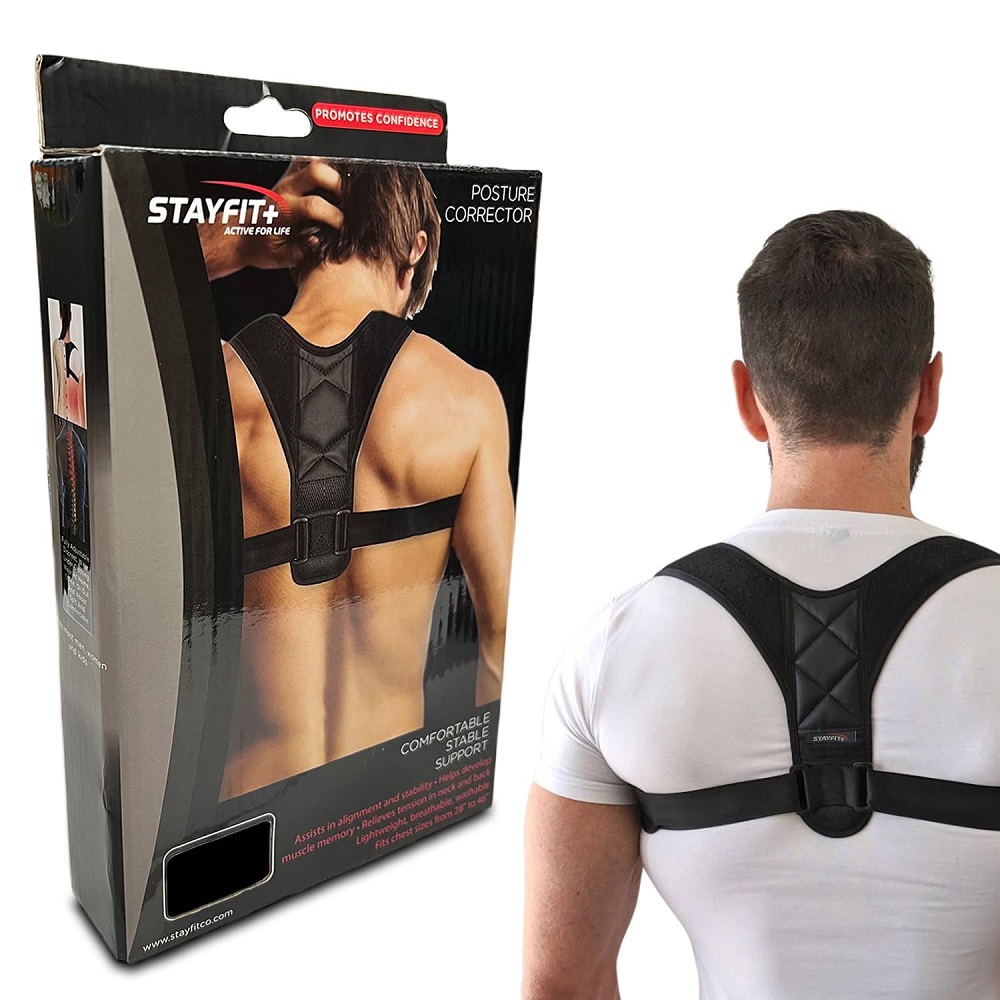
Choosing the Right Posture Corrector
Assessing Your Needs
Before committing to a posture corrector, take time to assess your specific needs. Consider your daily activities, the issues you face with your posture, and how long you intend to wear the device. If you need strong support due to chronic back pain, a more rigid brace might be necessary. However, if you’re simply looking to enhance awareness and promote good posture during everyday tasks, a softer option may suffice.
Fit and Comfort
Selecting a corrector that fits you well is crucial for effectiveness and comfort. Measure your torso and consult sizing charts provided by manufacturers. An improper fit can lead to discomfort or even exacerbate posture problems. Look for features such as adjustable straps and quality materials that offer breathability. Comfort is key; if you are not comfortable, you are less likely to wear the device consistently, hindering your progress.
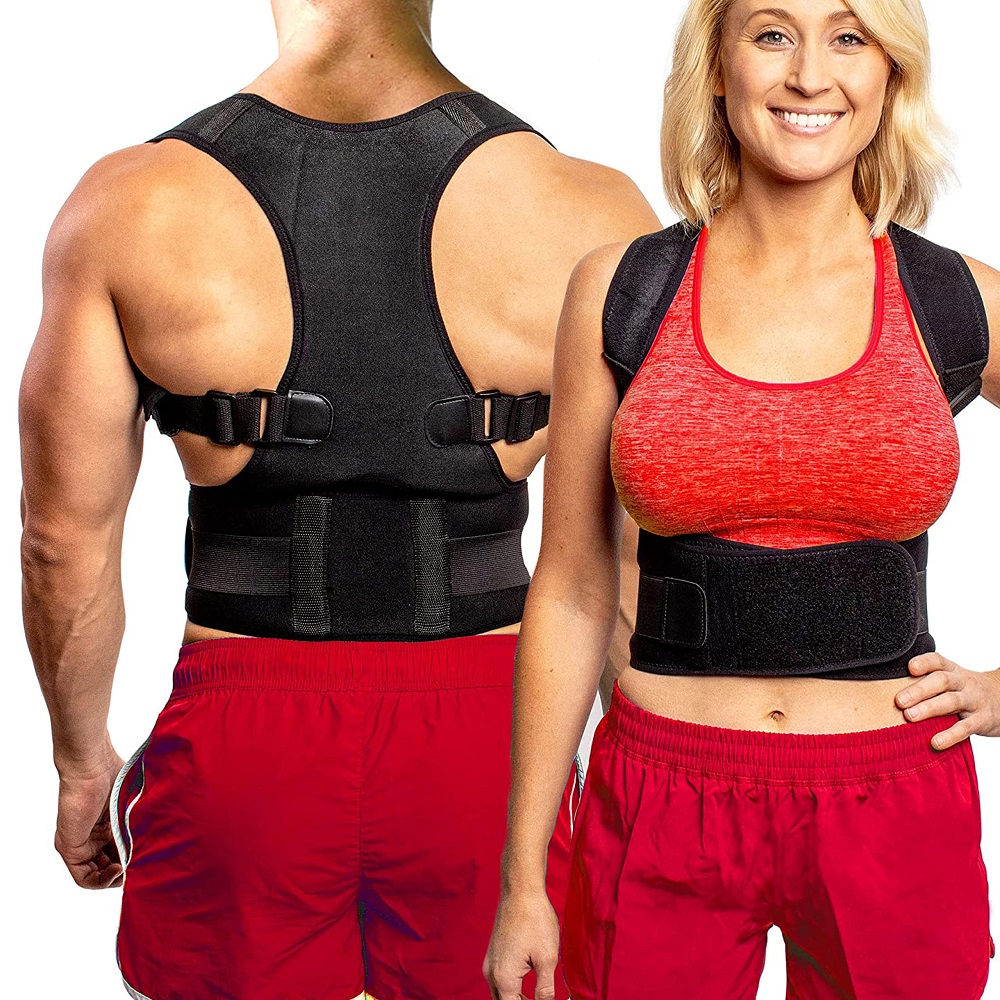
Gradual Integration into Your Routine
Starting Slow
When you first begin using a posture corrector, start gradually. Wearing it for short periods—around 15 to 30 minutes—is a good initial approach. This strategy allows your body to adjust without causing discomfort. As your muscles become accustomed to the new alignment, you can gradually extend the wearing duration. Starting slow reduces the risk of overstraining your muscles and helps you develop awareness of your body mechanics.
Daily Scheduling
Try to incorporate the corrector into specific parts of your daily routine. For instance, wear it during activities where you frequently find your posture slipping, such as while working at a desk or during meetings. Maintaining a consistent schedule will reinforce positive habits and make it easier for you to remember to use the postures corrector as needed. Consider setting reminders on your phone or creating a visual schedule to help you establish a routine.
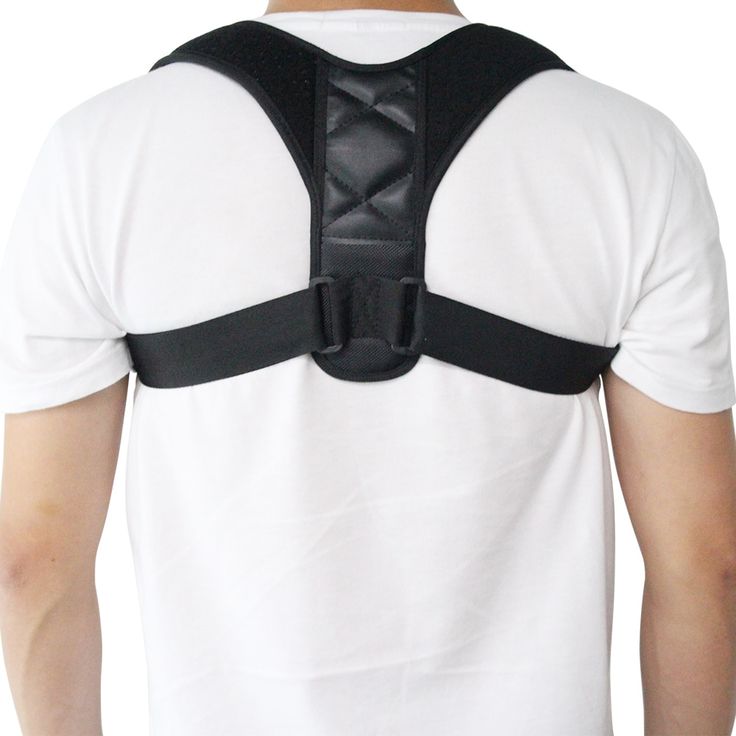
Combining with Exercises
Strengthening Core and Back
While a posture corrector can provide immediate support, it’s essential to combine its use with exercises that strengthen the muscles responsible for supporting good posture. Focus on core and back exercises that will enhance your overall muscle tone. Activities like planks, bridges, and rows help build the necessary strength and endurance over time. Including resistance bands or weights can amplify the benefits, but make sure you maintain proper form to avoid injuries.
Stretching to Prevent Tightness
Alongside strengthening exercises, incorporate stretching into your routine. Stretching can alleviate tightness in muscles that often contribute to poor posture, such as the chest and hip flexors. Simple stretches, like doorway stretches for the chest or hip flexor stretches, can enhance flexibility and help maintain a balanced muscle structure. By addressing both strength and flexibility, you’ll create a comprehensive program that supports better posture in a sustainable way.
Monitoring Your Progress
Keeping a Posture Journal
Documenting your progress is essential for staying motivated and committed to improving your posture. Consider keeping a journal where you record your daily experience with the corrector, including how often you wear it and any changes in discomfort levels. A journal helps you identify patterns and provides a visual representation of your growth over time. It can also reveal the effectiveness of specific exercises or stretches you incorporate into your routine.
Self-Assessment Techniques
Regularly assess your posture without the corrector to determine your progress. Stand in front of a mirror and check your alignment. Are your shoulders back? Is your head centered over your spine? Pay attention to how your body feels throughout the day as well. This self-awareness will guide you in developing better posture habits and show how well you have improved over time.
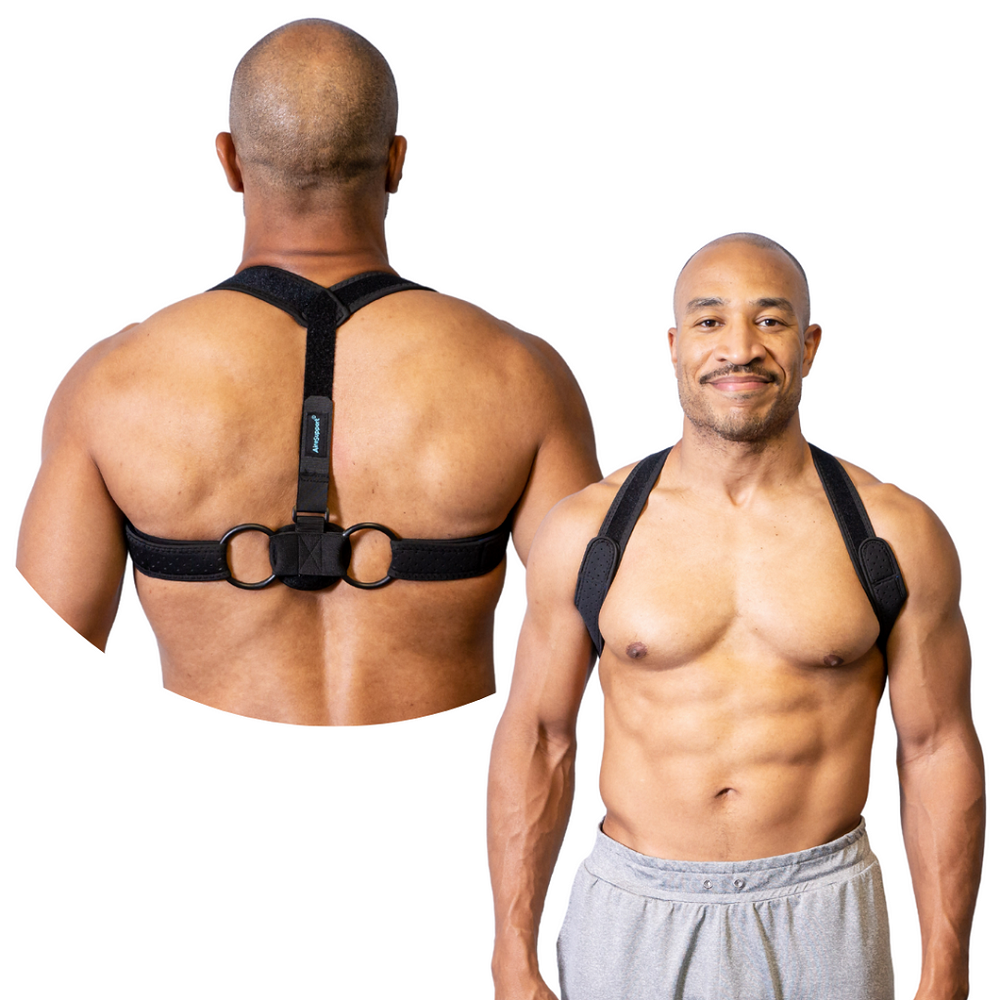
Understanding Limitations
Avoiding Overreliance
While posture correctors are beneficial, it’s essential not to become overly reliant on them. Using a corrector for extended periods without engaging in muscle-strengthening activities can lead to weak muscles. Instead, view the corrector as a tool to aid your journey rather than a permanent solution. Aim to use it primarily as a reminder, gradually reducing reliance on it as your body learns to maintain better posture naturally.
Recognizing Discomfort
Listening to your body is paramount while using a posture corrector. If you experience pain or discomfort while wearing it, assess how it’s fitted and consider taking breaks. It’s essential to ensure that your posture corrector does not create more problems than it helps to solve. Adjust the fit or switch to a different model if the discomfort persists. Consulting with a physical therapist may also provide guidance on how to use the device effectively and address posture-related issues holistically.
Creating a Supportive Environment
Ergonomic Workstation Setup
Pairing the use of a posture corrector with an ergonomic workspace can have a significant impact. Ensure your desk and chair promote good posture. Your chair should provide lower back support, and your monitor should be eye level to prevent neck strain. If possible, consider using a sit-stand desk that allows you to alternate between sitting and standing throughout the day. This variation encourages movement and helps to maintain an upright posture.
Cultivating Awareness
In addition to physical supports, cultivating awareness around your posture during daily activities can make a big difference. Take breaks to stand, move, and stretch. Set reminders throughout the day to check in on your posture, especially during tasks that require prolonged sitting. This increased awareness will help reinforce your new posture habits and contribute to a long-term commitment to maintaining good alignment.
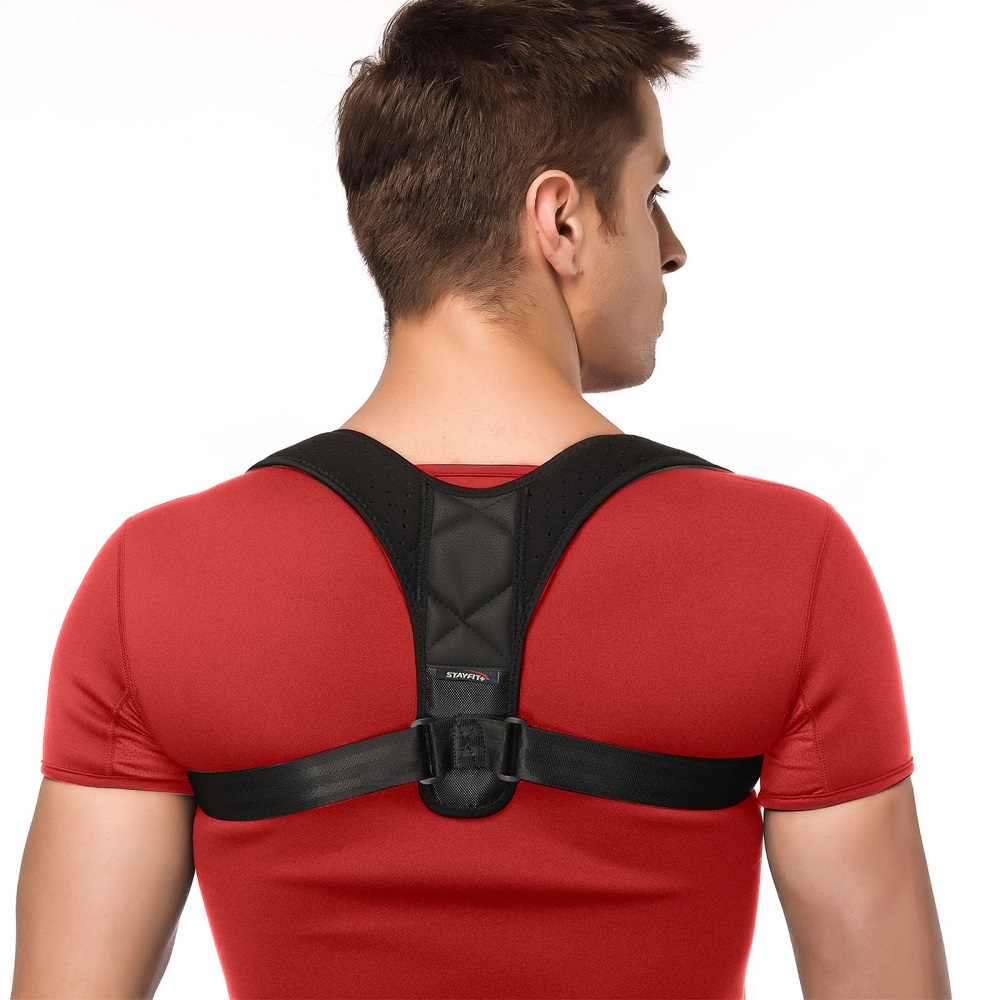
The Psychological Impact of Good Posture
Boosting Confidence and Mood
The benefits of good posture extend beyond the physical realm; they significantly influence mental health as well. Research has shown that maintaining an upright position can enhance your mood and boost your confidence. When you stand or sit up straight, you naturally project an image of assertiveness and self-assuredness, which can improve how others perceive you in both personal and professional settings. This improved self-image often translates into more positive social interactions and better performance in work-related tasks. Furthermore, good posture helps release endorphins and reduces cortisol levels, creating a more positive mental state. As you work on improving your physical alignment, you’ll likely notice a corresponding lift in your mood and motivation.
Reducing Stress and Anxiety
Adopting proper posture can also play a crucial role in managing stress and anxiety. When you slouch or hunch, it may create feelings of defeat or unease, triggering stress responses in your body. Conversely, sitting or standing tall signals to your brain that you are in control and present in the moment. This outward expression of confidence can help mitigate feelings of anxiety and lead to a more balanced emotional state. As a result, integrating good posture practices with your posture corrector usage can contribute not only to physical well-being but also to mental clarity and emotional resilience. By taking charge of your posture, you’re also taking charge of your state of mind.
Conclusion
Using a posture corrector effectively can lead to significant improvements in your spinal alignment, comfort, and overall well-being. By understanding the various types available, gradually incorporating the device into your routine, and combining it with exercises and an ergonomic environment, you set yourself up for success.
Monitoring your progress, adjusting your approach based on what works best, and maintaining a supportive environment further enhance the effectiveness of your posture correction efforts. Make sure to listen to your body, avoid over-reliance on the corrector, and celebrate your progress along the way. As you embark on this journey, remember that good posture is not just about physical appearance; it’s a holistic practice that can elevate your quality of life, enhance your energy levels, and improve your overall health. Embrace the process, and enjoy all the benefits that come with standing tall!
